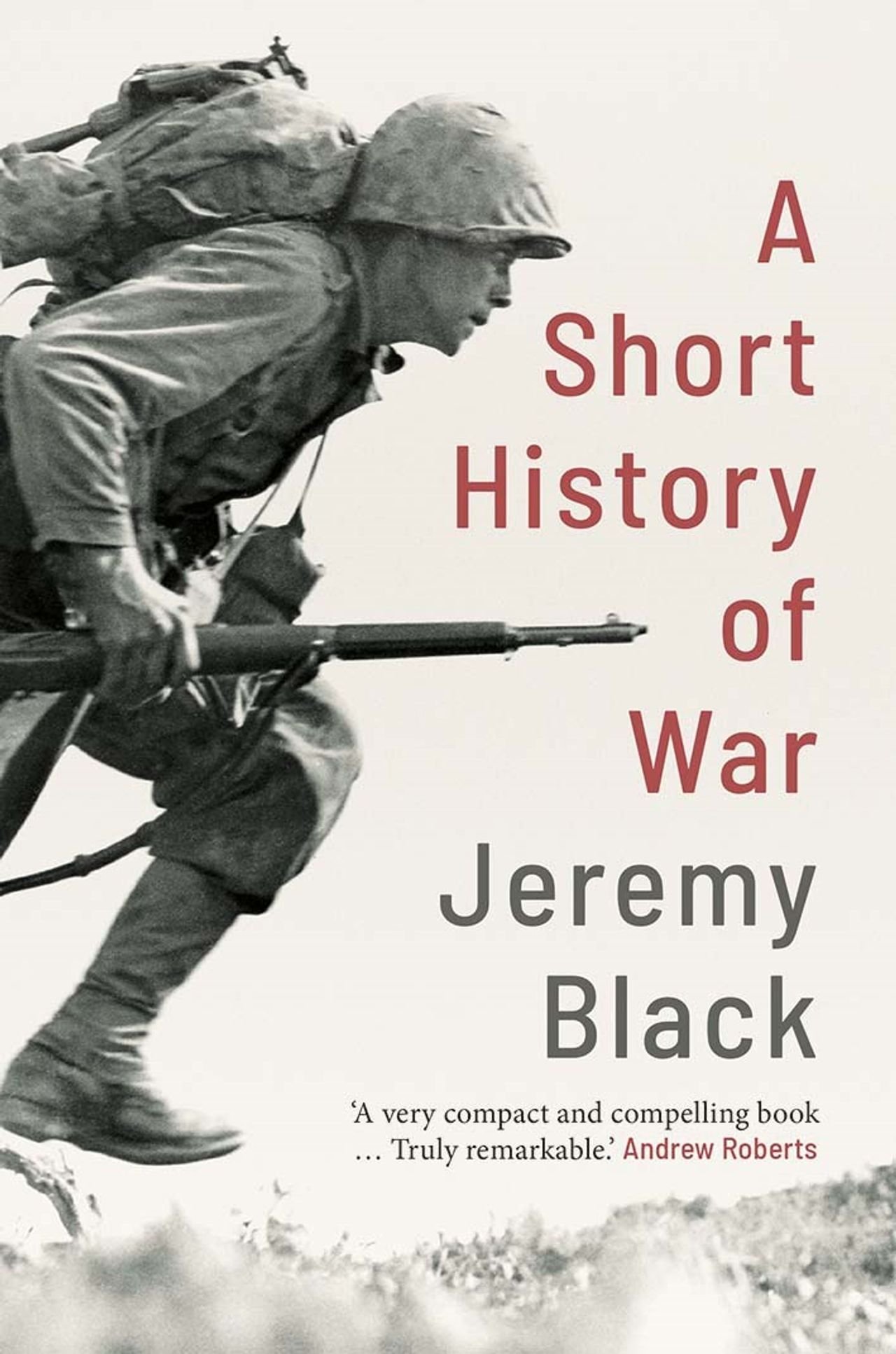Black on the diversity of military history
/Maori troops of the New Zealand Army perform the Haka, North Africa, 1941
From “Australasian and Oceanic Warfare,” a chapter in A Short History of War, one of the most recent books by the prolific military historian Jeremy Black:
It would be all too easy to leave Australasia and Oceania out of a book with space constraints. Indeed, most histories of war do so, or restrict mention to the idea of a primitive ‘other’, one that essentially enters the picture in order to be conquered by the imperial powers and then to provide the setting for the War in the Pacific in 1941-5. That is a misleading approach, and at a number of levels. It is based on the idea that there is a key strand of development, one moreover closely related to social development and economic capability, with the world ranked accordingly. Instead, it is more helpful to think in terms of fitness for purpose, with adaptation to circumstances being a crucial dynamic. From this perspective, Australasia and Oceania saw both success and enormous variety. The remote valleys of highland New Guinea were a very different environment to Polynesian atolls, and the density of the population on the North Island of New Zealand contrasted with that on Australia; and so on. Thus, to even group the whole as a region is misleading, and to provide an overall evaluation accordingly is problematic. The best conclusion is one that works with this variety, and presents conflict as fundamental and protean, rather than an activity with clear characteristics that can be readily evaluated.
Military history, no less than other subfields within the discipline, has a whiggish or Darwinist tendency to seek out what Black calls “a key strand of development” that will give a clear narrative arc to the story of warfare.
Often, this key strand is technological, with “more advanced” weapons systems gradually outmoding and displacing each other. Thus you get amateurs endlessly arguing about whether samurai or Roman legionaries would win in a fight or, on the professional level, historians like interwar tank advocate (and gifted self-promoter) Basil Liddell-Hart dismissing virtually all of medieval military history as “drab stupidity.”
One may also find political versions of this search for “a key strand of development.” In these versions, “freer” societies gradually outmode and displace unfree societies. Thus you get Fukuyama’s much-maligned “End of History” argument and an infinite supply of neocon interpretations of military history. These tend to be markedly Hegelian, and advanced with the same kind of zeal with which Marxist historians predict the end of “late capitalism.”
Often the technological and political are combined (see, for instance, Victor Davis Hanson’s Second World Wars, in which liberal capitalist societies beat the Nazis and Japanese because they could produce more and better equipment). Often there is something to these arguments—but only something.
Another aspect of this, especially common among amateurs, is the quest for some kind of eternal, immutable, archetypal “warrior” spirit recognizable and transferable across societies as different as ancient Mesopotamia, archaic Greece, migration-period Germanic tribes, the Norse, and, naturally, modern day special ops. Again, there is—and has to be—something to this, as courage, strength, and physical hardihood are going to be the minimum necessary to endure warfare.
The problem, of course, is that the partial accuracy of a given “key strand”—whether the amateur Jungian guru’s warrior archetype or a more considered technological or political argument—will conceal as much as it reveals.
Three takeaways from the passage in Black’s Short History above:
warfare is “fundamental”—i.e. a basic reality rather than an aberration. Whether we like or not, peace is not the norm. Warfare and warmaking need to be understood as fundamental.
warfare is “protean”—i.e. shifting and changing, like Proteus. How and why peoples fight wars—not to mention when and where, and against whom, and on what terms—change constantly.
“adaptation to circumstances” is “the crucial dynamic”—Why does warfare, which is unceasing, also unceasingly change? Because circumstances change. This, in the end, is the proper place to locate technological development, but only as one of many factors to which warring societies adapt.
These understandings allow for a greater appreciation of the diverse ways people fight wars. Rather than fitting a society—“primitive” or otherwise—into a predetermined narrative of upward technological progress (even where technological disparities play a real role, as in the Spanish vs the Aztecs or a thousand other examples), and obscuring a lot of non-technological factors, one will have room to understand them on their own terms. This understanding also allows for greater variety and complexity rather than oversimplification, not least with regard to the very particular, and often peculiar, ways many societies understand their warriors—and the ways their warriors understand themselves.






